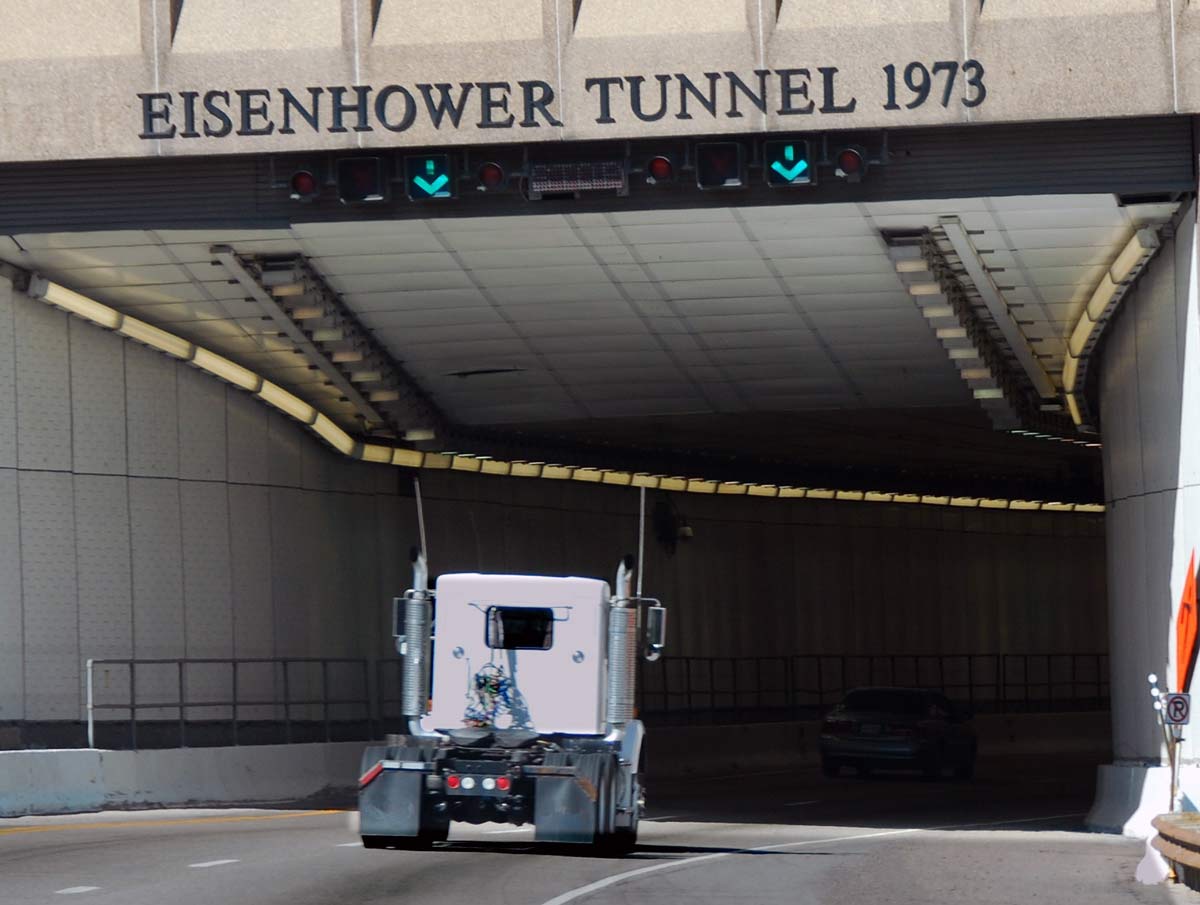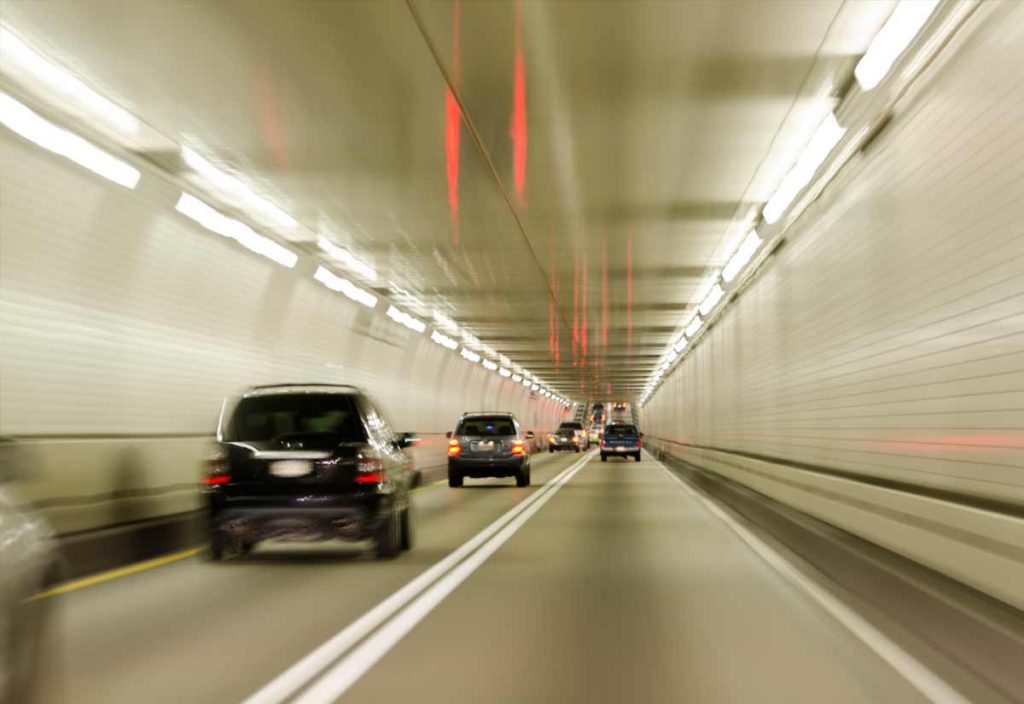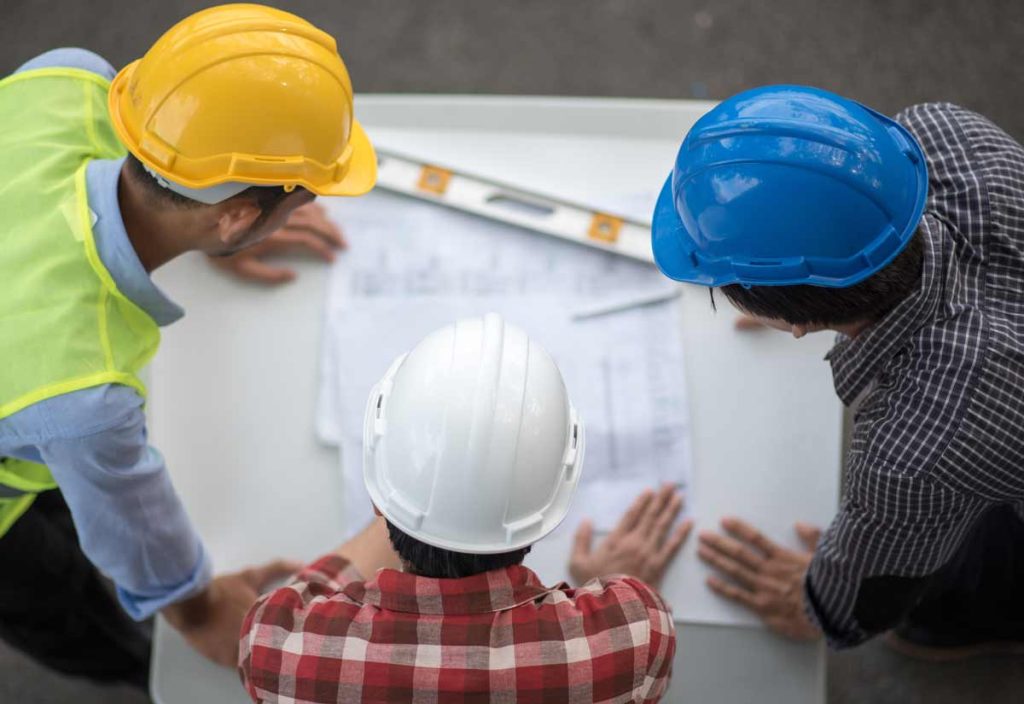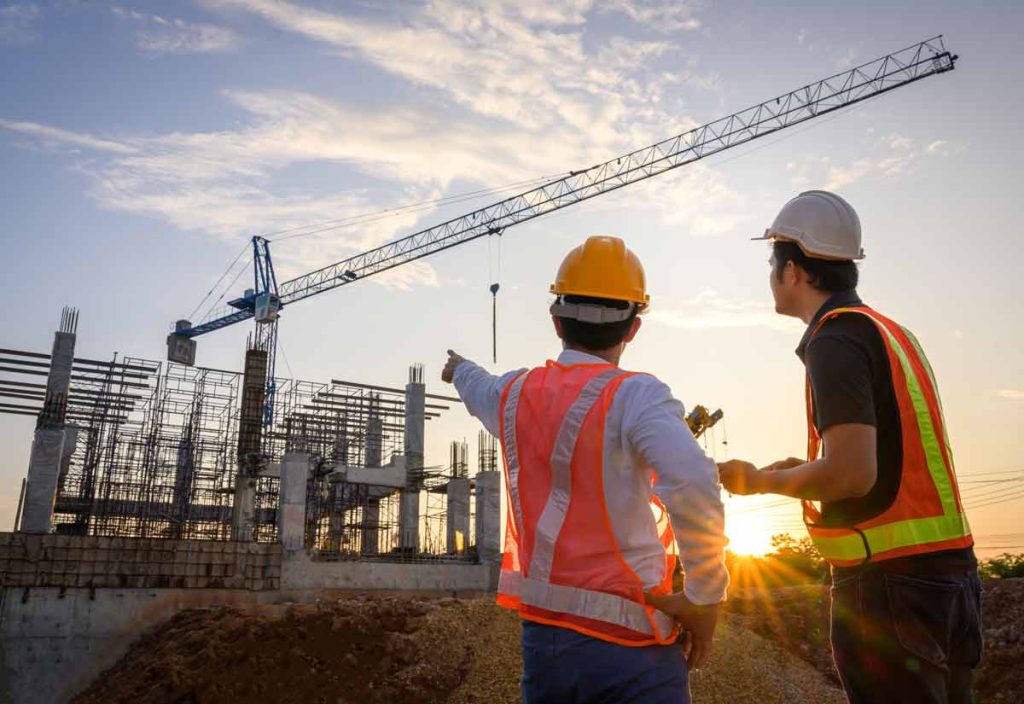With the latest 1.9 trillion dollar Covid 19 relief spending bill now heading to the White House for approval, tunnel project spending has become quite the political football. House speaker Nancy Pelosi’s pet subway project in her California home district, ridiculed by opponents as “Pelosi’s tunnel of love”, lost $140 million in funding after Senate Republicans invoked the Byrd rule and blocked it as wasteful pork spending unrelated to Covid 19 relief.
Other blue state infrastructure spending also took a hit when a $1.5 million allocation for the Seaway International Bridge between Massena, New York, and Canada was removed from the latest stimulus spending package on the grounds that it was also an unrelated item for a budget reconciliation bill, according to a recent article at the NY Post.
Old School Colorado Tunnels Need 2021 Upgrades
But new urban subway tunnels and bridges as essential infrastructure for managing growing populations and spiking traffic demands aren’t limited to big city transportation needs on the left and right coasts. Colorado’s Eisenhower-Johnson tunnel transformed mountain travel in the state and is the key to sustaining thriving tourist economies in ski-resort towns such as Vail while breathing new life into old abandoned mining towns such as Breckenridge.
The 2 individually bored tunnels run about 60 miles west of the Denver metro area on Interstate 70. They’ve made it much safer and efficient to move both freight and people from the eastern slope of the Rocky Mountains to the western slope by eliminating the need for trucking or driving over hazardous passes and curving mountain switchbacks.
Now those old-school tunnels are in dire need of repairs and upgrades to sustain the local economies in towns that actually evolved as a result of the tunnels opening way back in 1973 and 1979. Engineers today admit that the Eisenhower-Johnson tunnels are among the last of “old-school” post WW2 style infrastructure projects, built in the days before environmental regulations and impact were considered.
Construction began in 1968 on the 1.7 mile Eisenhower bore, with federal funds covering 92% of the $108 million cost. With single lanes running both directions in the westbound Eisenhower Tunnel at first, the eastbound Johnson tunnel commenced boring in 1978. Now, engineers are calling on Colorado’s state leaders for $150 million for repairs and upgrades over the next 10 years to the high-flying tunnels connecting mountain towns like Vail and Breckenridge through granite and limestone peaks at 11,000 feet above sea level.

With the westbound Eisenhower bore approaching 50-years old, serious repairs are needed for the Colorado transportation project that many consider “too big to fail”; one that would “wreak havoc on the state’s economy” if it does. 50 years of wear and tear from up to 50,000 vehicles per day are taking their toll.
Groundwater is leaking through a tunnel liner and causing corrosive damage in the transit tunnels below, and the decades-old tunnels require major plumbing and electrical overhauls. Multi-million dollar price tags come with upgraded lighting, new tunnel motors, and ventilation system improvements. That $150 million dwarfs the paltry $10 million budgeted to the CDOT for maintaining all 22 tunnels in Colorado’s highway system.
The impact of the tunnels failing is so significant that Colorado state legislators are considering a state-funded stimulus package of its own if federal funds aren’t found to fund the Eisenhower-Johnson Tunnels rehabilitation.
But perhaps the CDOT might want to call Elon Musk at the Boring Company first.
Elon Musk’s Boring Company Drastically Cuts the Tunneling Price Tag in Miami
As the exorbitant costs of tunnel infrastructure cause sticker shock among state legislators, Elon Musk has made a radical proposal to dig a 3.2 km (1.9 miles) tunnel under Miami for just $30 million. That wouldn’t raise many eyebrows except for the fact that local transit officials quoted the cost for the project at $1 billion.
What’s more, Musk told reporters from the Verge that his Boring Company could finish the job in just 6 months as opposed to the 4 years from earlier project projections. The tunnel will run through soft limestone, a complication that jacked the price of a similar tunnel under the Port of Miami to $700 million, even though the total length of that project was under a mile.
Here at Resource Erectors, we’ve been following Musk’s Boring Company since the convention center “Loop” was first proposed and construction commenced in November of 2019. Now Musk is attempting to capitalize on the momentum that the Boring Company has built up by completing its first commercial tunnel project, the Loop under the Las Vegas Convention Center. Plans are in the works with Las Vegas city and county officials now to expand the underground transportation system to city and even statewide.
If Musk has his way the major expansion of the Loop concept would bring tunnel-based transportation to hotels, landmark Casinos like the Golden Nugget, and even the airport eventually. Private enterprises would provide their own funding for enhancements to the tunnel system such as the loops beneath their structures.
With his eye on Miami next, Musk is hoping to use the tunnels there as a model for the rest of the world’s underground transportation upgrades. Last January Musk drew attention to his proposal with a tweet saying;
“Cars & trucks stuck in traffic generate megatons of toxic gases & particulate, but @boringcompany road tunnels under Miami would solve traffic & be an example to the world.” Elon Musk-Twitter- January 18th 2021
About Resource Erectors
Tunneling, mining, and underground construction are just a few of the industrial sectors requiring the specialized human resource expertise that Resource Erectors brings to the table when it’s time to recruit the top qualified talent for your company’s most challenging projects. We maintain connections with the top professionals in engineering, civil construction, concrete and aggregates, construction materials, manufacturing, and more.
Over 80% of Resource Erectors’ placed candidates are still contributing to the success of their companies 5 years later. Our meticulous candidate screening and matching process helps you find the right organization when you’re ready to make a move up the professional career ladder. When you’re looking to build or join your next dream team don’t hesitate to contact Resource Erectors today.








